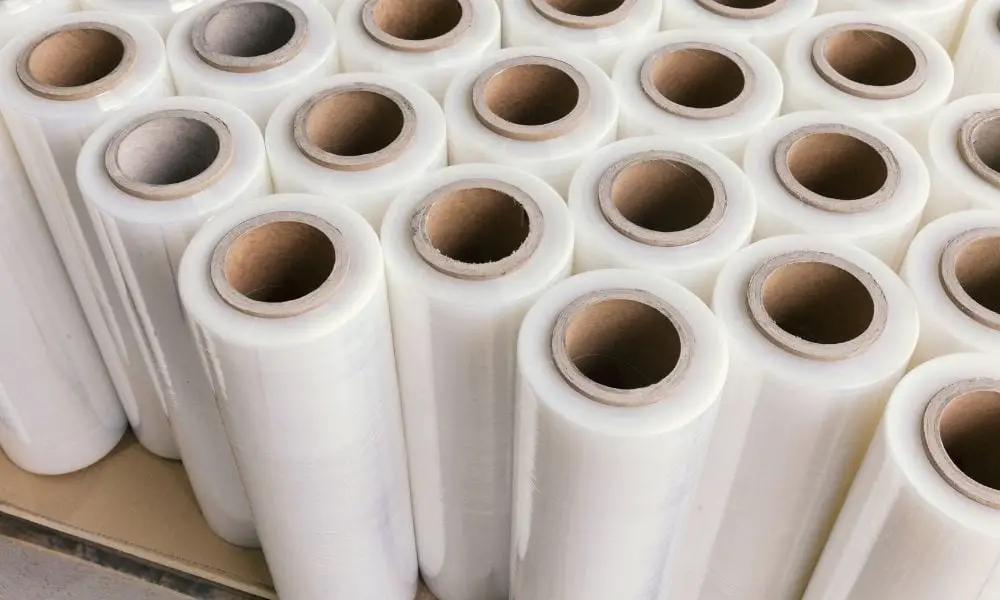

Have you ever wondered how companies manage to transport thousands of products a day across the land, sea, and sky without damaging them? The answer is simple: they use stretch wrap! Stretch wrap, otherwise known as stretch film, is a highly elastic plastic film wrapped around objects to protect them from hazards such as impact, moisture, and insects. Packaging facilities use it to secure pallet loads, which are flat transports with products stacked on top. Even if you’re not in the packaging industry, you probably use something similar in your own kitchen from time to time—cling wrap. If you want to learn more, here are some interesting facts about stretch film that you might not know.
There’s more than one kind of stretch wrap. The two main types are cast stretch wrap and blown stretch wrap. There are a couple of differences between these two kinds of stretch wrap, namely their manufacturing process and a few key qualities. Cast stretch wrap is manufactured using a cast extrusion process while blown stretch wrap is manufactured using a blown extrusion process. In general, blown film is stronger and more resilient than cast film. However, cast film is easier to stretch and offers incredible clarity (which means it’s transparent).
The next interesting fact about stretch film is that it’s actually recyclable. You can’t recycle all types, but you can recycle most. This is because most stretch wraps are made from linear low-density polyethylene (LLDPE), which is classified as a post-industrial plastic. Post-industrial plastics are made from plastic scrap left over from another industrial process—which means they’ve already been recycled at least once.
They sound the same, look the same, and even function in similar ways. What’s the difference between stretch wrap and shrink wrap, then? The method used to apply them is one factor that stands out. Stretch wrap is extremely elastic. It also returns to its original size after being stretched. When wrapped around an object, stretch wrap slowly shrinks around it. This keeps things secure. Shrink wrap, on the other hand, gets wrapped loosely around an object and is then exposed to high heat. These high temperatures shrink the film, causing it to tighten. There’s one other major difference between stretch wrap and shrink wrap. Stretch wrap is better for shipping pallets, while shrink wrap is better for products displayed on store shelves—especially food and beverages.
Discover how thoughtful storage design eliminates downtime and boosts efficiency. Enjoy these strategic tips sure…
Your business’s plumbing system is a convenient part of your operations, so having preventative maintenance…
Discover how smart fleet management transforms operations into profit centers through real-time visibility, predictive maintenance,…
Discover smart wine storage solutions for hot summer months without air-conditioning. Keep your bottles safe…
Throwing a wedding is exciting and stressful, as you try to make it exciting for…
Transform your living space into a luxurious retreat with these expert design strategies that introduce…